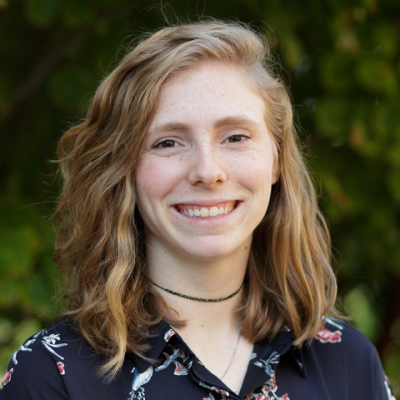2020 NIMBioS SRE Program
Modeling the effects of pathogenic bacteria on phytoplankton community mortality
 Participants:
Participants:
Umang Joshi, Biology, Computer Science, Xavier Univ.
Michael Lin, Biophysics, Johns Hopkins Univ.
Stephanie Westaway, Physics, Mathematics, Samford Univ.
Mentors:
Dr. David Talmy, Microbiology, Genome Science & Technology, Univ. of Tennessee
Dr. Audra Hinson, Microbiology, Univ. of Tennessee
Dr. Harshana Rajakaruna, Microbiology, Univ. of Tennessee
Project Description. Phytoplankton are photosynthetic organisms that fuel the vast majority of marine ecosystem production. Many other planktonic organisms feed on phytoplankton, directing nutrients and energy through contrasting pathways. Within these systems, algicidal bacteria (i.e. bacteria that are pathogenic to eukaryotic algae) may play important yet poorly quantified roles. In this project, we will develop mathematical models to explore the effects of pathogenic bacteria on phytoplankton community mortality. The models will be developed using laboratory data describing population dynamics during infection experiments. The project will involve a combination of data management, programming, and model development, depending on the skills and interests of the students.

Umang Joshi

Michael Lin

Stephanie Westaway
Return to SRE 2020.
NIMBioS
1122 Volunteer Blvd., Suite 106
University of Tennessee
Knoxville,
TN 37996-3410
PH: (865) 974-9334
FAX: (865) 974-9461
Contact NIMBioS


